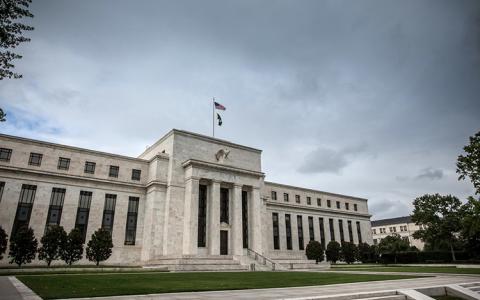
Few economic topics get more engaged conversations going like the concept of inflation. Unlike many of the more arcane areas of economic study, most everyone has an opinion on inflation and is eager to share.
Unfortunately, there are many “definitions” of inflation, which means it can be difficult to understand how the Federal Reserve can be looking at much of the same “data” you are and yet seem almost sanguine about the topic. Do they not see food inflation soaring? Are they not paying attention to the increasing cost of gasoline? Surely they must be fearful of the rapid increase in the money supply or the massive deficit spending from Congress. This is all at a time when economic growth is projecting to be the fastest in many decades. It would seem many are convinced the nation is staring at a significant inflationary spiral that brings back memories of the economic turmoil of the late 1970s and early 1980s.
In some ways, the Federal Reserve must be happy that inflation expectations and longer-term treasury yields have begun to creep higher. Only a year ago, as the country was in the midst of the worst of the pandemic-related economic shutdown, inflation measures were negative, and market-based measures of rate forecasts had begun to show an outlook for possible negative interest rates as a policy outcome for the Fed. In addition, serious questions were being asked about the potential for the recession devolving into a depression. Different global markets have implemented negative interest rates, and the efficacy of this policy in spurring growth is mixed at best. My sense is negative interest rates in our domestic economy would have been a disaster. Hence, movement away from this potential outcome is a strong sign the actions of the Fed and Congress have effectively mitigated the chances for this highly negative outcome. The Federal Reserve has been clear in its confidence in having the tools to more effectively deal with inflation as opposed to deflation.
This should not indicate an inflationary outcome is all good. Above target inflation is an insidious “tax” that primarily impacts middle- and lower-income classes over longer time frames. Within the Fed’s forecasts, there is an expectation for core PCE to move above the 2% target for 2021 before declining toward 2% in 2022 and beyond. This forecast indicates the Fed’s expectation for a “cyclical” inflationary impulse as the economy re-opens and the significant amounts of fiscal stimulus work their way through the U.S. economy. The real question is how “sustainable” is the expected inflationary impulse.
A recent significant change to the Fed’s monetary policy framework is its view on 2% being an “average” target instead of a ceiling. This change provides insight into a Fed that is now more patient in its view of inflation than past periods. It also allows the Fed not to have monetary policy hindered in its application if inflation temporarily moves above 2% while the employment market is continuing to heal. The term the Fed has used to describe its forecast inflation scenario is “transitory.”
The Federal Reserve historically has used “core” inflation as the guide for monetary policy. Yes, there are inflationary readings from a broad array of commodities: base metals to grains to energy. But these areas have had periods of upward and downward volatility in the past, which proved temporary. Placing too much emphasis on these volatile areas of price movements could lead to more variable interest rate policies and greater economic uncertainty. Paying attention to core inflation with a willingness to allow inflation readings to move above the 2% target for some period of time is not riskless. But sustained above-target inflation would require the economy to maintain its above-trend growth rate for an extended period. At this point, it would seem the Fed is more willing to make a mistake by being accommodative a little too long than make a mistake and limit growth and the healing of the employment market by tightening monetary accommodation too soon.
The cyclical inflation impulse is real. But the Fed should remain patient in its approach to monetary policy.
This article originally appeared on Forbes.



